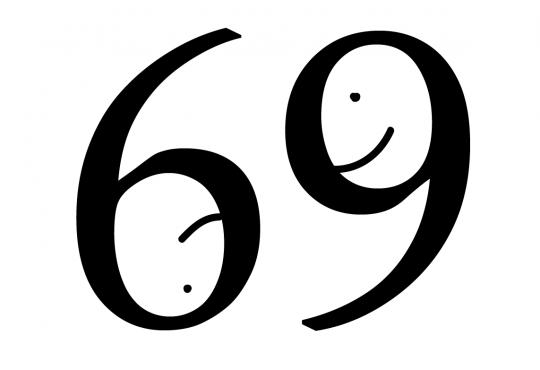Polygamy: (n.) the state or practice of being married to more than one person at the same time
Polyamory: (n.) the state or practice of having more than one open romantic relationship at a time
Comparing the definitions of these two words, there seems to be little difference other than the word “marriage” and the words “open relationship”. Asking any person on the street, they would likely say that there was little to no difference between these two concepts. A likely response would be “Don’t they both mean being allowed to cheat?”, alongside “Isn’t it like being a swinger?” or “Aren’t they both relationships for sluts?”
Yet these two words have two completely different historical legacies and implications. Polygamy is, in many ways, an extreme manifestation of right wing views, due to its religious connotations and relationship to gender views expressed in Christianity’s religious texts – one man “owning” a large number of women. Examples of polygamy in which one man holds multiple marriages permeate the histories of a wide variety of nations and cultures.
Meanwhile, polyamory is in many ways an extreme manifestation of left wing views, due to its liberal connotations of feminism and relationship to changing views on gender norms. Whereas the term “polygamy” tends to imply (although does not directly mean) a situation wherein one man marries multiple women, “polyamory” implies that anyone, regardless of sex or gender identification, can have romantic relations with anyone else, with the consent of those already in the relationship.
This can be confusing, I know.
Let’s break polygamy down further. “Polygamy” is not defined by the gender of those involved, but it can be expressed specifically as “polygyny” – one man with multiple wives – or as “polyandry” – one women having multiple husbands. Aside from the innate misogyny tied to the greater occurrence and approval of polygyny over polyandry, polygamy’s manifestations are almost exclusively heterosexual in nature. This is due in large part to polygamy’s historical legacy of religious fundamentalism and subsequent gender norms.
Meanwhile, polyamory originates from the radical left-wing practices of American preacher, philosopher and utopian socialist John Humphrey Noyes (1811 – 1886). From the late 1840s to the late 1870s, Noyes led the commune of Oneida in upstate N.Y. in an experiment he called “complex marriage”, wherein all the commune’s members were married to one another. While his experiment had many faults, including his attempts at breeding better breeds of humans eugenics and approval of incest, it lead to some remarkable progress for the women involved.
Noyes believed sex to be a form of religious worship, and commanded the older women to instruct the younger men, while generally allowing women to have sex only with whom they wanted. After the experiment and commune faded away, the concept of what Noyes coined as “free love” lived on in the beatnik and hippie movements before arriving at modern day, carried by such historic literary works as Dossie Easton and Janet Hardy’s 1997 book The Ethical Slut: A Guide to Infinite Sexual Possibilities.
Alongside the misconception that polygamy and polyamory are the same, a misconception about polyamory is that it is built on lying and mistrust. Polyamory demands that all members of the relationship are aware of the romantic and sexual activities of all other members – if anyone has been lied to, this is cheating. This does not mean that a polyamorous relationship has endless romantic and sexual dalliances, so long as everyone is informed. All members of the relationship must establish rules together about how the relationships will operate – how will they evenly spend time together? How frequently can another relationship be sought?
Every polyamorous relationship is different, which is confusing to people accustomed to monogamy. Polyamory can seem all too much like an hippie orgy situation, or else an unhealthy relationship in which its members cannot satisfy one another. A central tenant of polyamory, however, is that one person cannot fill all of your needs and desires. Another is that polyamory is really about commitment – if you can’t commit to one person, how can you commit to two or more?
What may be the most central tenant of polyamory, however, is the belief that love is not finite. Monogamous culture often suggests that a person has only so much romantic love to give, and by giving it to more than one person, it diminishes the amount you can give to another. Polyamorous culture argues, however, that giving love to one person can actually increase the amount you can give to another. Having more than one child does not mean you love the first child less – it may cause you to love all your children more! Perhaps, in this way especially, monogamous culture can learn something about love from polyamory.






